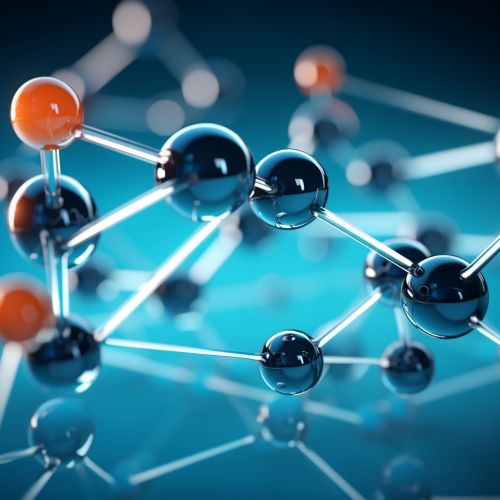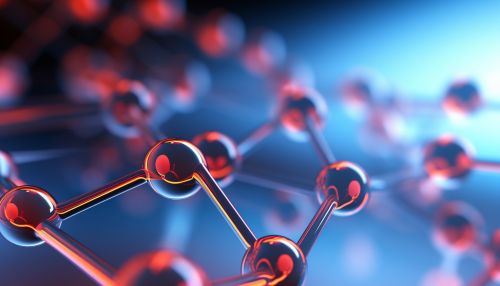Hydroxyl radical
Introduction
The hydroxyl radical is a highly reactive oxygen species that is produced in biological systems. It is a type of free radical, which are atoms or molecules that have unpaired electrons. Because of its high reactivity, the hydroxyl radical can damage a wide range of molecules in cells, including DNA, proteins, and lipids.


Formation
The hydroxyl radical is formed in the body through several mechanisms. One of the most common is through the Fenton reaction, where hydrogen peroxide (H2O2), a byproduct of normal metabolic processes, reacts with iron ions. This reaction produces the hydroxyl radical and other reactive oxygen species. Another common mechanism is through the Haber-Weiss reaction, which involves the reaction of superoxide anion (O2-) with hydrogen peroxide.
Role in Biological Systems
Despite its potential for causing damage, the hydroxyl radical plays an important role in several biological processes. For example, it is involved in the immune response, where it helps to kill bacteria and other pathogens. It is also involved in the regulation of cell signaling pathways and the induction of programmed cell death, or apoptosis.
Damage to Biological Molecules
The hydroxyl radical is highly reactive and can cause extensive damage to biological molecules. It can react with DNA, causing mutations and DNA strand breaks. It can also react with proteins, leading to changes in protein structure and function. In addition, it can react with lipids, leading to lipid peroxidation and the disruption of cell membranes.
Role in Disease
The hydroxyl radical has been implicated in a number of diseases. For example, it has been linked to cancer, where it can cause DNA mutations that lead to the development of cancerous cells. It has also been linked to neurodegenerative diseases, such as Alzheimer's and Parkinson's, where it can cause damage to neurons. In addition, it has been linked to cardiovascular diseases, such as atherosclerosis, where it can contribute to the oxidation of low-density lipoproteins (LDL), a key step in the development of atherosclerosis.
Detection and Measurement
Detecting and measuring the hydroxyl radical in biological systems is challenging due to its high reactivity and short lifespan. However, several methods have been developed to detect the hydroxyl radical, including electron paramagnetic resonance (EPR) spectroscopy and the use of hydroxyl radical-specific fluorescent probes.
